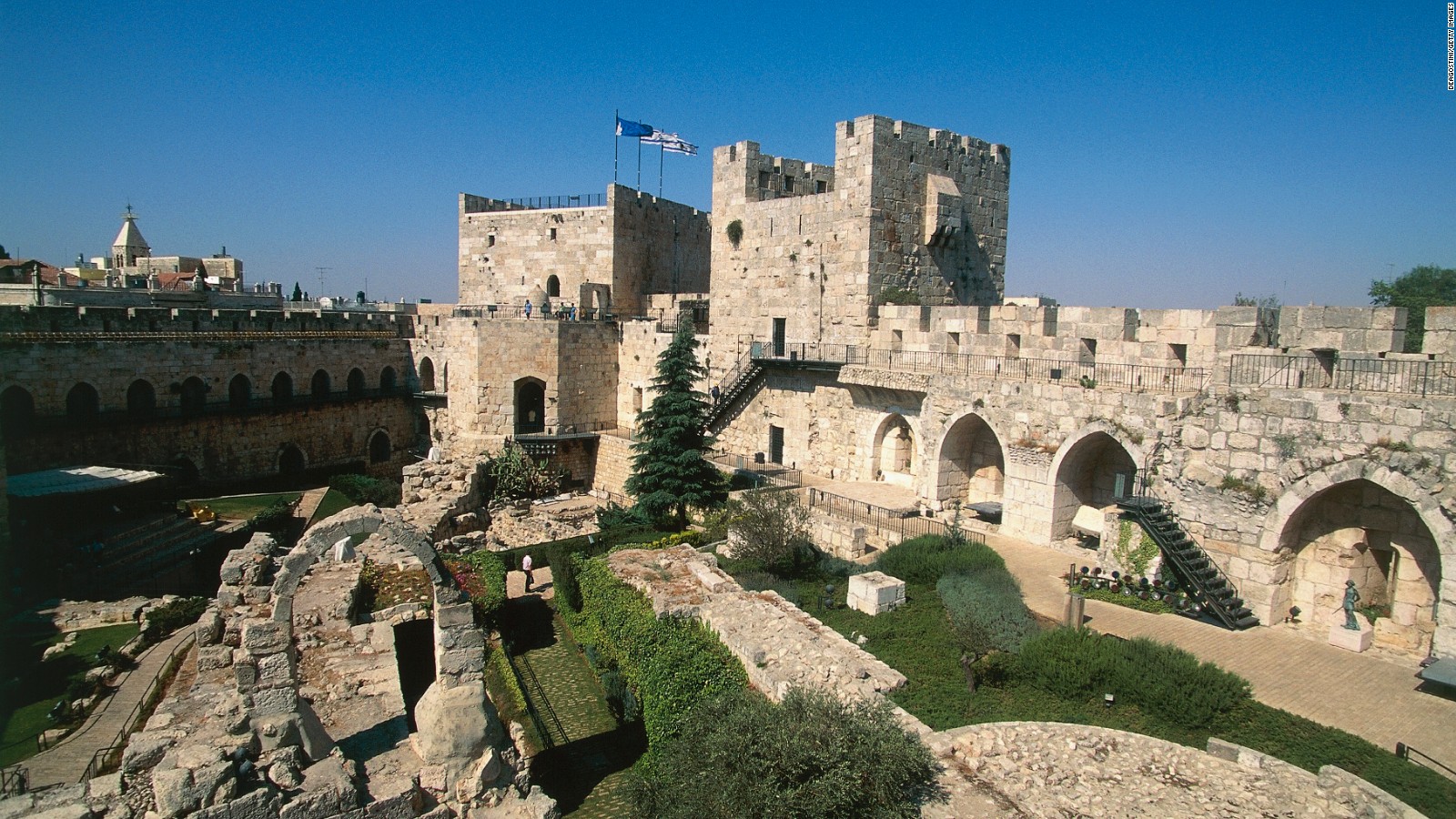Is this the site of Jesus' trial?
Joel Baden, special to CNN
Updated 1737 GMT (0137 HKT) January 6, 2015

Archaeologists say they've found evidence that Jesus' trial was held near the Tower of David in Jerusalem.
Joel Baden is professor of Hebrew Bible at Yale University.
(CNN)Every few years, it seems, an archaeological find of major biblical significance is announced, almost always to do with either Jesus or King David. This week, it's Jesus, and it's a big one.
Just inside the western walls of the Old City of Jerusalem, beneath the tall Ottoman-era fortification known misleadingly as the Tower of David, archaeologists this week proclaimed the discovery of the site of Jesus' trial by Pontius Pilate, at which he was condemned to die by crucifixion.
More accurately: They proclaimed the opening to visitors (read: tourists) of the site, which has now been excavated and prepared for public viewing.
Without pinpointing the precise location, scholars have known for a long time that the trial must have taken place somewhere in this general vicinity -- despite the fact that tradition has put the spot of the trial on the very opposite side of the Old City, in the Antonia Fortress.
First, the background:
According to the Gospel of Matthew, Jesus' trial before Pilate happened in a place called the praetorium. Originally a term used to signify the tent of the general when encamped for war -- and thus the place where the important military decisions were made -- praetorium came to signify the palace or administrative center for very high-ranking officials.
In Jerusalem, this was the palace of Herod the Great, and according to ancient witnesses, it was at Herod's palace that visiting Roman prefects, like Pilate, would hold any necessary trials during their visits to the capital city.
These same ancient writers declared that Herod's Palace was in the western part of Jerusalem -- near the Tower of David.
On these grounds scholars have long doubted, indeed outright rejected, the notion that the Antonia Fortress on the northeastern side of the city was where the praetorium was located and the trial occurred.
This most recent announcement is being hailed as a blockbuster, in large part because the Antonia Fortress is the first station of the cross on the Via Dolorosa, the path that Jesus is thought to have taken from his trial to his crucifixion and burial at Golgotha, ending at the Church of the Holy Sepulchre.
The Via Dolorosa is an important pilgrimage site and a massive tourist attraction. But if its first station is on the completely wrong side of the city, then the whole thing is cast into doubt.
The Tower of David museum, which is housing the exhibit of the newly discovered trial site, is openly hoping to draw pilgrims and other interested visitors, and it is certain to get them.
What should not be overlooked, however, is that an important archaeological revelation about the life and death of Jesus was effectively kept under wraps for nearly 15 years -- the discovery of Herod's Palace beneath the Tower of David was first made in 2001 as part of a museum expansion project.
The timing of the announcement is linked entirely to the potential for tourist dollars, rather than to the remarkable historical and religious significance of the discovery on its own terms.
This may sound cynical, but it is par for the course, especially in Jerusalem, where the integration of history, religion, archeology, and tourism is at the very heart of the city's economy.
It is a safe bet that this discovery will not significantly diminish interest in walking the Via Dolorosa --customs and traditions are awfully hard to break, even with the best historical evidence.
What is more likely to happen is that there will be two sites of Jesus' trial, happily coexisting, just as there are two sites of Jesus' burial: the Church of the Holy Sepulchre and the Garden Tomb.
Jerusalem, despite being riven by conflict, remains one of the most religiously pluralistic places on Earth, and that pluralism is nowhere better exemplified than in the sharing, duplicating, and often just plain old creating of religious sites.
From a scholarly perspective, however, it is nice that in this case, the significance for the tourism industry of an archeological discovery really does match up with its significance in history.
Better 15 years late than never.
沒有留言:
張貼留言
注意:只有此網誌的成員可以留言。